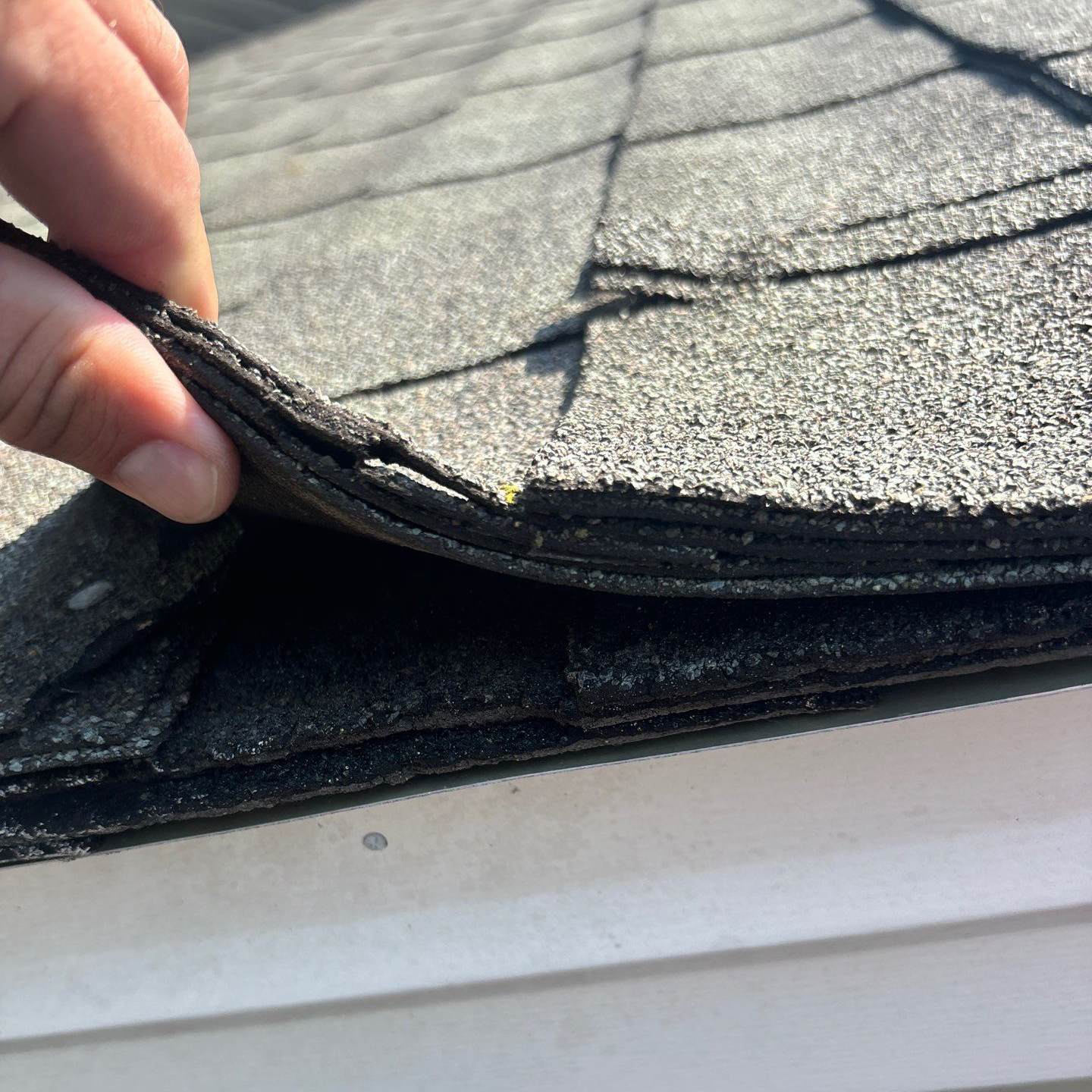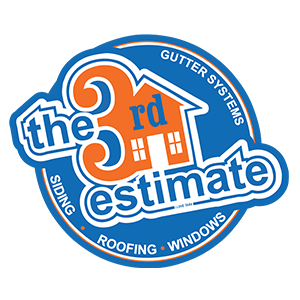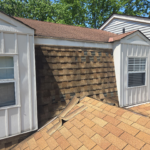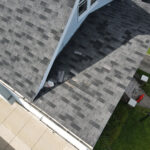Reasons You Shouldn’t Have Multiple Layers of Shingles on Your Roof

When it comes to roofing, some homeowners may consider adding a second layer of shingles over the existing one as a quick fix to save time and money. While this might seem like a convenient solution, it’s important to understand the drawbacks and potential risks associated with having multiple layers of shingles on your roof. Below, we explore the key reasons why you should avoid having multiple layers of shingles on your roof.
Increased Weight on Your Roof
One of the most significant issues with adding a second layer of shingles is the additional weight it places on your roof. Roofs are designed to support a specific amount of weight, and adding another layer of shingles can push it beyond its capacity. Overloading your roof can lead to structural damage, such as sagging, which can compromise the integrity of your entire home. In extreme cases, the added weight could even cause the roof to collapse.
Reduced Lifespan of Your Roof
Adding a second layer of shingles doesn’t extend the lifespan of your roof—in fact, it often shortens it. The underlying layer of shingles will continue to age, deteriorate, and trap heat, causing both layers to wear out faster. The trapped heat can also lead to the aging process of the shingles moving quicker, resulting in the need for a full roof replacement sooner than if a single layer was installed. If you want to know the age of your roof, click here for our blog on why the age of your roof is important.
Poor Ventilation and Heat Buildup
Proper ventilation is crucial to your roof and the comfort of your home. When you have multiple layers of shingles, it can block the natural flow of air, leading to poor ventilation. This can cause heat buildup in the attic. It can lead to higher energy bills and damage to the roofing materials. Additionally, poor ventilation can increase the likelihood of moisture buildup, which can cause mold growth.
Difficulty in Identifying and Repairing Issues
With multiple layers of shingles, it becomes more challenging to identify and repair underlying issues. Problems like leaks, rot, and structural damage can go unnoticed for longer periods, as the additional layer of shingles can mask the warning signs. By the time the issues are discovered, the damage may be extensive, requiring more costly repairs or a complete roof replacement.
Increased Cost of Future Repairs and Replacement
While adding a second layer of shingles may seem like a cost-effective solution in the short term. Yet, it can lead to higher expenses down the road. When the time comes for a full roof replacement, the cost will be significantly higher due to the need to remove both layers of shingles. Also, if the added weight has caused structural damage, you may need to invest in more repairs to fix the issues.
Voided Warranty
Many roofing material manufacturers provide warranties on their products, but these warranties often come with conditions. Adding a second layer of shingles may void your warranty, leaving you unprotected if something goes wrong. It’s important to check the terms of your warranty before considering a second layer of shingles so you don’t lose protection.
Building Codes
In some areas, building codes prohibit the installation of multiple layers of shingles due to the risks involved. Installing a second layer of shingles without verifying compliance with local building codes could lead to legal and financial repercussions. This could cost more then a full roof replacement in the long run. It’s always best to consult with a professional roofing contractor so your roof meets all local regulations and safety standards.
Conclusion: Invest in Quality Over Quantity
While it might be tempting to add a second layer of shingles to save time and money, the risks outweigh the benefits. Investing in a single, high-quality layer of shingles will provide better protection, longevity, and peace of mind for your home. If you’re considering a roof replacement or repair, it’s best to consult with a professional roofing contractor. They can provide expert advice and ensure your roof is installed correctly.







